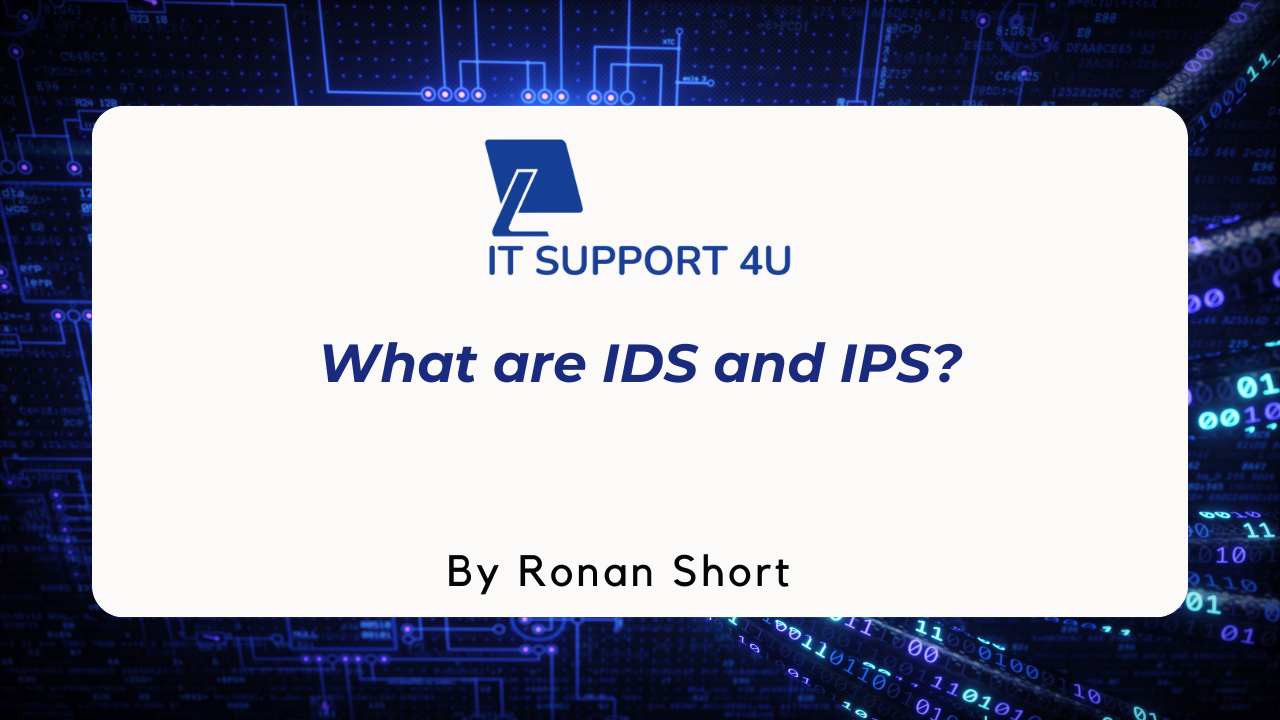Automation is changing the way businesses manage their daily tasks. For managed IT providers, it means less time spent on manual work and more focus on what truly matters. From answering customer questions to organising data, automation helps everything run more smoothly and reliably. With modern tools, even time-consuming tasks can now be completed quickly and accurately by smart systems.
Moreover, in this blog, we’ll explore what technologies managed IT providers use to deliver automation and highlight the benefits they bring. Whether you run a small business or a growing company, understanding how these tools work can help you stay efficient, organised and prepared for the future.
7 Technologies Managed IT Providers Use for Automation
Automation is changing the way businesses work, especially in IT. Managed IT providers now use smart tools to save time, cut costs, and improve services. But what are these tools?
Let’s break down 7 key technologies they use to make things run smoother and smarter.
1. Robotic Process Automation (RPA)

RPA uses software bots (like little digital workers) to do repetitive tasks that humans used to do. Think of things like copying data from one place to another, filling out online forms, or extracting information from documents.
This frees up your team to focus on more important and creative work.
2. Artificial Intelligence (AI)
AI helps computers “think” and make decisions like humans. Managed IT providers use AI for all kinds of smart automation. Some of the main types of AI include:
Machine Learning (ML)
ML helps systems learn from data. It can spot patterns, predict problems, and get smarter over time.
Natural Language Processing (NLP)
NLP allows machines to understand human language. This is what powers tools like chatbots and voice assistants.
Optical Character Recognition (OCR)
OCR allows machines to read and extract text from images or scanned documents like turning a paper form into digital data.
3. Cognitive Automation
Cognitive automation combines RPA with AI to take on more complex tasks. These systems can understand unstructured data (like emails or PDFs), make decisions using context, and even adjust to changing conditions. It’s like giving your bots a brain.
4. Chatbots and Virtual Assistants

You’ve probably interacted with a chatbot on a website. These AI-powered assistants can answer customer questions, help solve problems, and provide 24/7 support. Managed IT providers use them to boost response time and service quality.
5. Low-code / No-code Platforms
These platforms allow users to build apps and automate workflows without needing to know how to code. They help teams build solutions quickly, improve collaboration, and reduce the need for long development cycles.
6. Process Intelligence
Process intelligence tools help organisations understand how their workflows actually operate. By analysing how tasks move through systems, companies can find slow points, fix bottlenecks, and make processes more efficient.
7. Communications Mining
This technology analyses digital conversations like emails, chat logs, or call transcripts to find useful insights. With the help of AI and NLP, it can detect customer sentiment, identify trends, and even flag potential compliance issues.
5 Benefits of Automation for Businesses

Now that we’ve explored the main technologies, it's worth asking why so many companies are turning to automation. The reasons are clear. Automation helps operations run more smoothly, reduces pressure on staff, and improves overall performance.
Let’s explore five key benefits that show how automation is making a real difference in the workplace.
Saves Time and Reduces Mistakes
Automation handles routine tasks that would usually take staff hours to complete. By doing this, it lowers the chance of human error and allows employees to focus on more important and meaningful work.
Improves Customer Service
When customers reach out for help, they want quick answers. Automation tools like virtual assistants allow businesses to respond instantly and consistently. This leads to better experiences and stronger customer relationships.
Helps Your Team Work Smarter
With less time spent on repetitive jobs, staff can use their skills for problem-solving, planning, and other valuable tasks. This boosts morale and allows people to be more productive and creative in their roles.
Keeps Things Running at All Times
Automated systems work day and night without the need for breaks. This means services can continue outside of office hours, helping businesses stay active and responsive around the clock.
Offers Clear Insights for Better Decisions
Automation tools gather and sort data quickly, giving you a clearer view of what’s going on. With the right information at your fingertips, you can make decisions that help your business grow in the right direction.
Conclusion!
Automation is no longer a luxury but a smart way to improve how businesses operate. From RPA and AI to process intelligence and virtual assistants, the tools managed IT providers use can save time, reduce errors, and keep your business running smoothly.
So, if you’re wondering what technologies managed IT providers use to deliver automation or how to apply them to your own setup, expert help is just a step away. Get in touch with our IT Support 4U team today to discover how we can guide you in choosing the right tools and making automation work for you.
Get an IT Plan Today!













